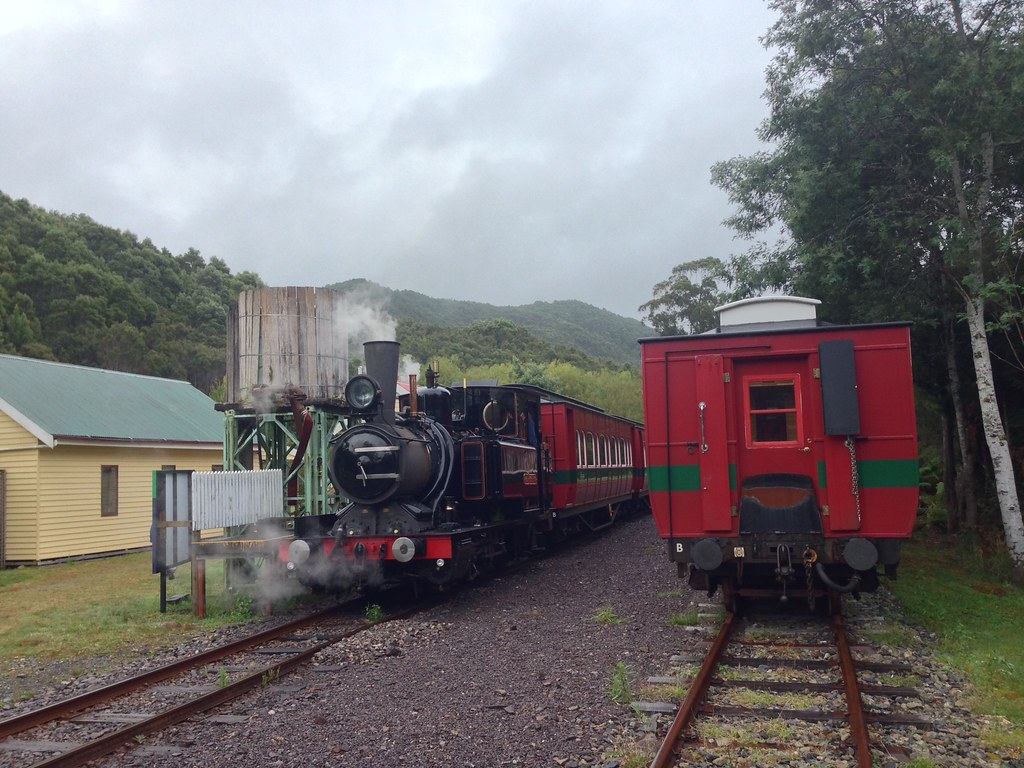
Barrow Hill Roundhouse, nestled near Chesterfield in Derbyshire, is Britain’s last surviving operational railway roundhouse—a remarkable relic of Victorian engineering and industrial heritage. Its story begins in the mid-19th century, when the Midland Railway sought to expand its infrastructure to support the booming coal and iron industries in the region.
Construction of the roundhouse commenced in July 1869 and was completed by November 1870. Designed by I.E. Hall, the building cost £16,445 4s 9d and featured a central turntable surrounded by 24 locomotive roads, allowing efficient stabling and servicing of engines. Initially known as the Staveley Engine Shed, it was strategically located to serve the nearby Staveley Iron Works and the surrounding coalfields.
Throughout its operational life, Barrow Hill played a vital role in the region’s industrial transport network. In the 1920s, it housed up to 90 steam locomotives, including Johnson 3F 0-6-0s and Kirtley double-framed 0-6-0s. The shed codes evolved over time: M24 under the Midland Railway, 18D under LMS, and 41E under British Railways’ Eastern Region. After the depot ceased steam operations in October 1965, it continued to serve diesel locomotives until its closure in February 1991.
The final day of operation—9 February 1991—marked the end of 121 years of continuous service. The last locomotives to leave were Class 58s and Class 20s, driven by local railwaymen. Following closure, the site faced neglect and vandalism, and demolition seemed imminent.
However, a passionate preservation effort led by Mervyn Allcock and the Barrow Hill Engine Shed Action Group began in 1989. Their campaign successfully secured Grade II listed status for the roundhouse in February 1991. Chesterfield Borough Council purchased the site in 1996, and restoration efforts began in earnest. Funding came from various sources, including local councils, the Transport Trust, and the European Regional Development Fund.
By July 1998, the roundhouse reopened to the public, hosting steam and diesel locomotives and offering brake van rides. Notably, LMS 41708, a Johnson “Half-Cab” engine that had served at Barrow Hill, returned for the occasion. The site quickly became a hub for railway heritage, hosting events like the Rail Ale Festival and welcoming preserved locomotives from the National Railway Museum.
Today, Barrow Hill Roundhouse is more than a museum—it’s a living, breathing railway centre. It retains a connection to the national rail network and houses operational locomotives, engineering firms, and heritage groups like the Deltic Preservation Society. The site also features rare historical artifacts, including timber locomotive lifting sheer legs, and the relocated Pinxton Signal Box.
Looking ahead, Barrow Hill is poised to become a centre for rail innovation. The Derbyshire Rail Industry Innovation Vehicle (DRIIVe), a £5 million project supported by the Staveley Town Deal, aims to establish a research and development hub on-site. This initiative will support rail freight innovation, training, and digital technologies, ensuring Barrow Hill continues to shape the future of rail while preserving its storied past.
Barrow Hill Roundhouse stands as a testament to industrial resilience, community passion, and the enduring legacy of Britain’s railway heritage.
This history was generated using AI and is based on publicly available sources including Barrow Hill Roundhouse Museum, Wikipedia, East Midlands Railway, and Reflections Magazine.